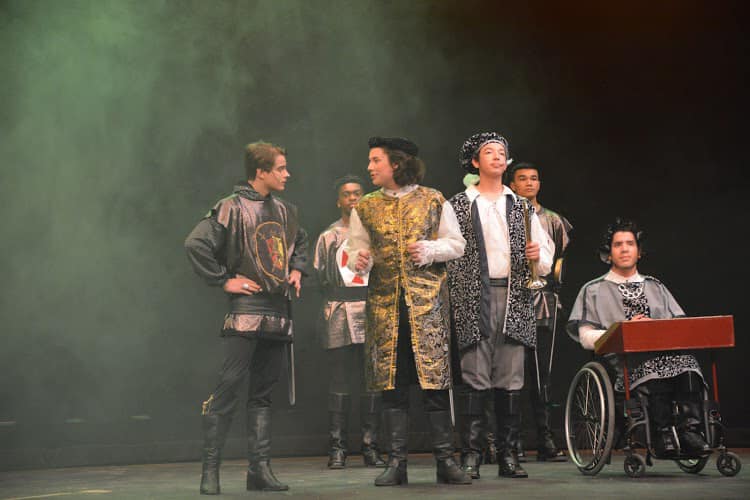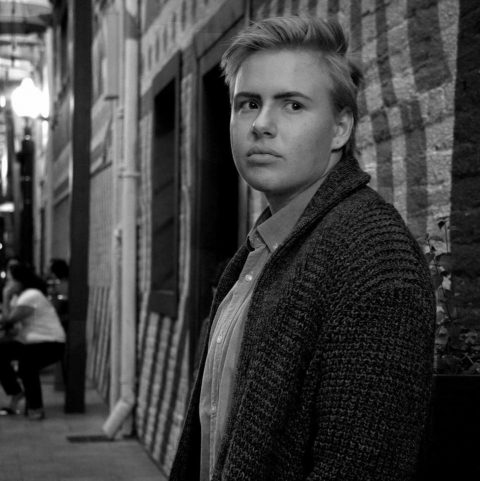Have you ever thought, “how cool it would be if I were a famous performing artist?” — I have!

At a very young age I was introduced to short films, music, and movie classics. i remember the first action movie I watched the age of five was Sylvester Stallone’s “Rocky”. I was intrigued by the boxing and who was the good guy or bad guy in the movie.
The film “Rocky” had a very powerful message to me at the time. During that time I was five years old. I went to physical therapy and speech. I would dream that I was Rocky, conquering my own journey–not in a boxing ring, of course, but figuratively. My fight to get my legs stronger was not like the Rocky movie; it was my own.
Music was a huge part of my childhood, too. I grew up listening to Phil Collins and many other famous artists. Listening to music at a very young age helped with my speech and communication.
Ever since I was little, I had dreamt of being in the entertainment business. A lot of people criticized me saying that I would not be able to because of my disability, but I never let that stop me. I have performed in 35 different productions, counting theatre, films (and including a few short films I made myself!)
Very recently I performed in a workshop reading at The Lenaea High School Theatre festival of the play, “Marvin’s Room”. I played Hank, who is a person with a mental health disability. He’s not that book smart; he doesn’t do well in school and did a very bad thing to his family’s home.
I fell in love with the play for this specific role. I had to isolate myself for a while to get into the mind of the character– how Hank would be looking at his choices and what he wants in life.
Each character I’ve played has taught me that every person has their own story to be told from the tough times and to success.

My dreams have changed a bit since my days of watching “Rocky”. I want to major in communications and continue to study acting after college. My visions for the future are taking big steps: (1) graduate high school, (2) college; (3) continue to follow my goal in entertainment. If you want to be those people you see on the big screen, don’t let people bring you down. Do not limit your options. Keep hustling and your grind to the max!
Even though it may seem like you’re not getting anywhere taking small jobs or failing in school, just remember success is not given to the ones who are not hungry; success is fed to those who work hard for their dreams.
Mike will soon be a high school graduate from Sheldon High School in Sacramento. He is currently working on a film project. He has written a movie script called “Ability” showcasing disability awareness regarding youth and students. He is also starring in an independent film called “War” that will began production In June! He is excited for the upcoming projects and can’t wait to get started.
